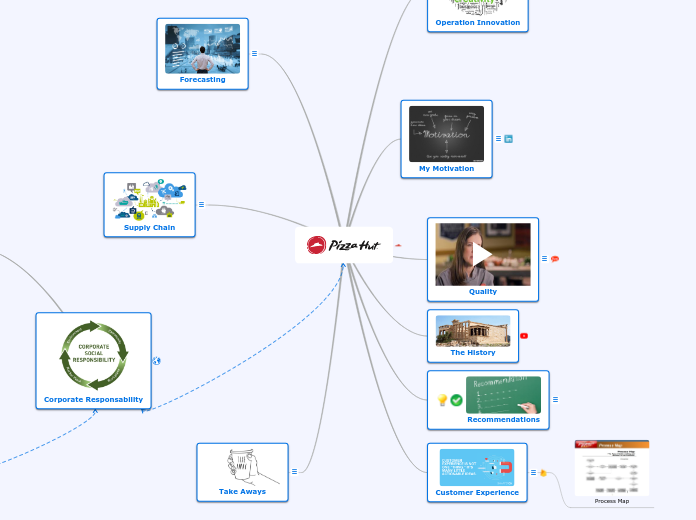door Maria Alejandra Martinez Cespedes 3 jaren geleden
876
QR codes
QR codes have gained significant traction in Japan, where they are utilized for various commercial purposes such as tracking, logistics, inventory management, and advertising. These codes offer potential benefits in educational settings by supporting experiential learning and enhancing the study abroad experience through easy access to information in native languages.









